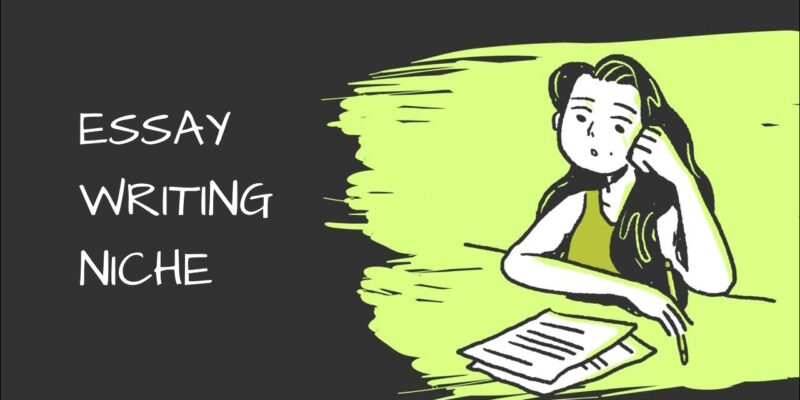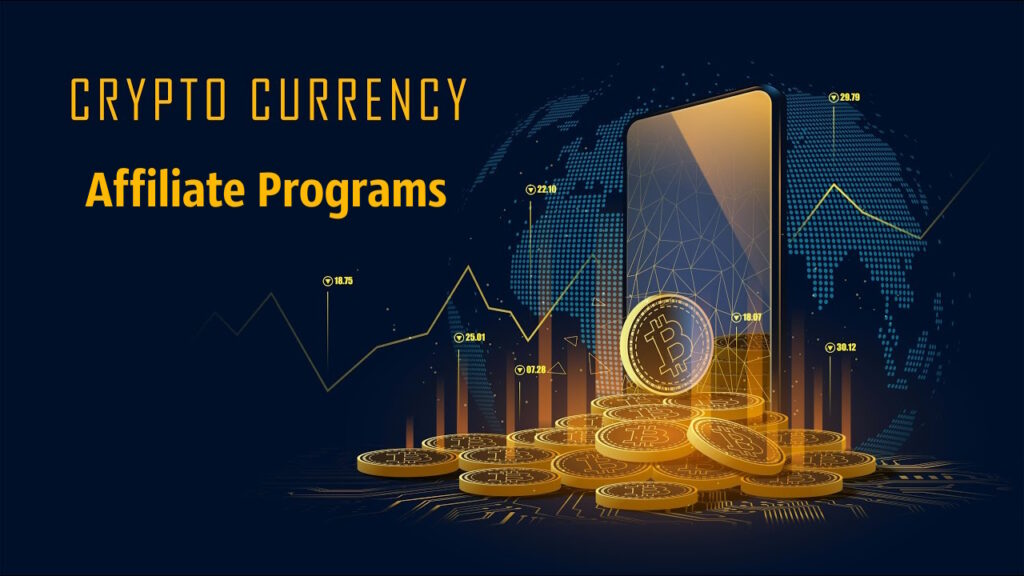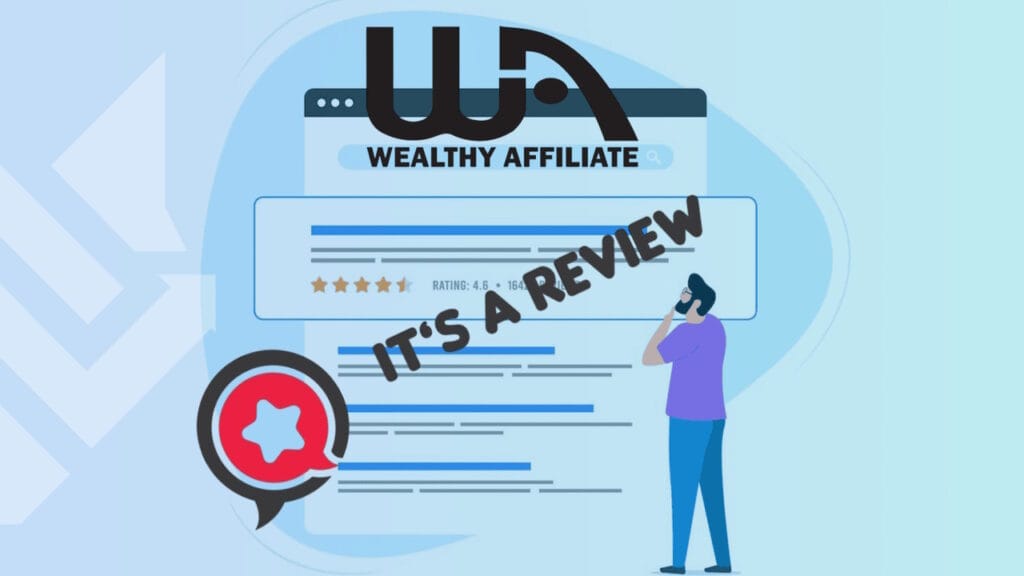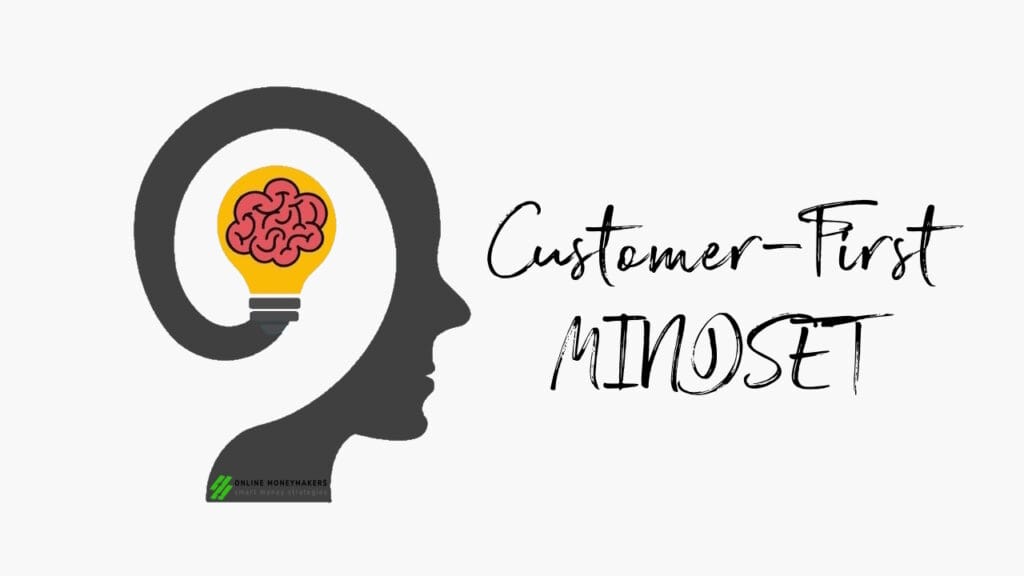Hello fellow Money Makers. I’m Ryan, the guy behind https://onlinemm.org, where I’ve been sharing real strategies on affiliate marketing, SEO, and scaling side hustle earnings for over two decades. Back in the early 2000s, I started out with basic affiliate sites promoting everything from VPNs to eBooks, but one niche that has always intrigued me is academic writing – you know, those essay writing services that help students write papers when life throws curveballs.
If you’re just starting to venture into this field or are already into traffic arbitrage, especially if you’re considering alternative geofences other than the usual ones, this post is a must read. I’ve been studying data, testing campaigns and even partnered with networks like Edu-Profit (check them out at https://edu-profit.com/ – it’s a reliable affiliate program with 60%+ commission on first orders).
Today, I’m sharing insider information about the target audience (TA) in the essay niche, drawing on my experience and fresh 2025 stats to keep it up to date. Whether you’re advertising, creating content sites, or optimizing for SEO, understanding your target audience isn’t just smart thinking, it’s the difference between pennies and serious passive income. Let’s dive into this topic.
Why Defining a Target Audience in a Niche Essay is a Game Changer for Affiliates
You don’t need a marketing degree to realize that getting it wrong when it comes to targeting your audience is like shooting arrows in the dark: expensive and futile. As an affiliate marketer who has arbitrated traffic in niches ranging from supplements to online courses, I can tell you: getting it wrong is expensive. In the world of essay writing services ghostwriting papers for stressed out students, “mis-targeting” means wasting advertising dollars on those who don’t convert.
That’s why in this article, I’m going to talk about the key traits to identify when analyzing your TA, using the academic writing niche as a prime example. We’ll look at who these customers really are, from lazy students to time-starved professionals.
When most people think of TA, they go to the basics: gender, age, social status, income, education level. Fair enough – that’s what’s on the surface. But me? When I put together a TA plan for my affiliate campaigns, I focus primarily on behaviors, habits, and motivation. These are the three components that drive a person to click “buy” or opt-out.
Only after that do I add demographics like age or income. The bottom line? Intent always beats demographics. Knowing why someone needs essay writing services – desperation, lack of time, fear of failure – will help you create killer copy, ads, and landing pages that convert like crazy.
In my own journey, this mindset has helped turn a hovering content site into a $5,000 a month revenue stream. For example, when promoting essay affiliates, I targeted search queries like “last minute essay help” (using the free Google Keyword Planner, it shows ~1,000 monthly queries in the US with low competition, perfect for ranking quickly). This intent-based approach has brought me 15% conversions on traffic from high-income countries like the US, UK and Canada.
In this article, I will spend a lot of time on the psychological portrait of the average essay service customer – be it a slow student or a busy employee saving time for homework. Believe me, understanding their mentality is your ticket to repeat commissions and additional sales.
Read the article to help you better understand the principles of building a customer profile.
The Psychological Profile of Your Essay Niche TA: Beyond the Stereotypes
In the essay niche, it is common to think of your TA as “students from English-speaking countries.” But calling all American students your audience is like claiming that everyone in a small town is a wizard just because a fairy tale says so – it’s nonsense. Based on my affiliate data and industry conversations, true TAs are a tiny slice: maybe 5-10% of all students. Most American students prefer to do their academic work themselves rather than outsource to service.
Why? First, many people genuinely want to gain knowledge. These are ambitious, responsible people who seek real skills, not just a diploma. In today’s tight labor market, where, according to the Bureau of Labor Statistics‘ 2024 report unemployment among college graduates is less than 3% but competition is intense, they know that a fancy diploma won’t hide incompetence. Companies in the US don’t keep dead weight; it’s all about merit, especially in the private sector. I observe this in my own circle: friends who have made bootstrap careers emphasize self-study over shortcuts.
Secondly, the fear of being caught is very great. Plagiarism checks in the US and UK are no joke: it is equated to theft and carries administrative or criminal penalties. (Interesting fact: Turnitin.com’s 2025 update states that their AI-powered detector now detects not only copied text, but also paraphrased ideas and even AI-generated content, and they have over 200 million works in their database).
Universities use tools such as Turnitin, which scans web pages and a huge internal archive built up over 20+ years. Buying an essay? It’s plagiarism by definition, which threatens expulsion, a black mark on your record or career sabotage after graduation. Unlike in some regions, where thesis forgery is not frowned upon, high-profile cases like the 2023 Harvard plagiarism scandal that cost the President his job are dealt with harshly in the West.
Third, low awareness. Judging by the statistics of affiliate networks that I have collected – about 70% of visitors to the site for ordering essays do not know that they offer these services. These are “casual” leads, lukewarm at best, that need warming up and detailed explanation. Detailed website copy helps, but not always. In this gap lies huge growth potential: In 2024, the essay market will reach $1.2 billion (according to a report by Grand View Research), up 15% from 2023, thanks to the boom in online education.
So who’s at risk? Clients who have no choice – those who have procrastinated by hunkering down in a corner. Classic scenario: A student fails the semester, misses deadlines and risks getting a failing grade or being expelled if he doesn’t hand in the paper tomorrow. Such orders are completed in ultra-short deadlines (3 hours to 3 days), and people pay for the urgency. At Edu-Profit, this means affiliates get an average of ~$84 per first order from these procrastinators, plus additional sales.
Peak seasons? December and May, the end of the semester. My own data on traffic from an essay ordering site shows a 40% spike in essay-related searches during this time – “urgent essay writing” accounts for 2,900 monthly searches in the US.
Once they get a passing grade, many become loyal. If the service provides quality and privacy, they stick around for years, sometimes recommending friends (though quiet snitching is not cool, American campuses encourage reporting plagiarism). Average lifetime value? 5-9 orders per client, in line with industry averages. I was the “golden goose”, making 20+ orders per month, turning one lead into $500+ in commissions passively.
Key requirements for this TA:
- Zero plagiarism: 100% unique text, verified using free tools like Grammarly’s verification program.
- Ironclad confidentiality: no data leaks to professors.
- Speed: meeting tight deadlines.
- Decent quality instead of perfection (more on why below). In my campaigns, highlighting these points in the ad copy (e.g., “Plagiarism-free essay in 3 hours – guaranteed confidentiality”) increased CTR by 25% in a Facebook ad targeting US/UK students.

Gender and Geo Breakdown: Why Immigrants Are Your High-Value Sweet Spot
Have you ever wondered why a “good enough” essay beats a masterpiece? It’s all about TAs – 50-80% of international students in the U.S., according to 2024 Open Doors from the Institute of International Education (iie.org). Their English proficiency is often lower than that of natives, so flawless prose screams ghostwritten. Professors notice this instantly and students risk being caught and left without a grade or even expelled from the university.
Among immigrants, Chinese students have the hardest time. There are more than 289,000 of them in the U.S. (the main origin according to 2024 statistics), and their “Chinglish” (a mixture of Chinese and English) confuses support teams who spend hours deciphering requests. I’ve encountered this with e-commerce partnerships; check out channels like @ChinaMarketing on Telegram for tips (if you’re in the industry, it’s just gold for consumer insights). Tip: Use free translation tools like Google Translate, but double-check nuances.
Arabs? Dream clients. From Saudi Arabia and the UAE (over 50,000 students combined), they bargain hard but spend a lot and stay for a long time. Average lifetime spending: 2-3 times more than US natives, according to my partner reports. They value reliability, dropping $200+ per order after negotiating.
Brits are picky and check sites for errors before placing an order. But the rewards? The checks are nearly double the US average (~$194 for a first order, according to updated 2025 data I found through an online search for “essay service average order value 2025”). They need polishing; one comma out of place and they’re gone.
Indians? Often store-bought. With 337,000+ in the US (the highest group), they browse websites, haggle, but rarely buy – “too expensive.” Many impersonate customers to offer their writing services (low-quality “indo-text”, akin to the infamous indo-code). Tip: Block IP address ranges in advance with free tools like Cloudflare to save bandwidth. On my sites, filtering out low-conversion geographic locations has increased ROI by 30%.
Statistics for affiliate marketers: the highest first-order checks? Hong Kong ($260), UK ($194), Germany ($182) – high-value locations ideal for premium affiliates. The lowest? Brazil ($80), but repeats cost an average of $306 (though they make up <1% of customers). Use free Ahrefs (ahrefs.com/free) for keywords like “essay help UK” (1,600 searches, low return).
Gender: 58% male, 42% female, according to aggregated service data for 2024-2025. Men dominate STEM orders; women dominate humanities.
Foreigners are loyal because staying in the country is more important than grades – C+ allows you to keep your visas. Customize landing pages: For Arabs, emphasize bargains; for Brits, emphasize quality assurances.
Social Status of the TA: From Students to Surprising Segments
In addition to core students, 10% are working parents combining work and classes. They may order steadily during the semester, disappear for maternity leave, and then come back, explaining it with “zombie” commissions years later. According to my Edu-Profit stats, they give a high LTV, averaging 7 orders.
Another 10%: Parents ordering for their kids. Orwell’s “some animals are more equal” rings true – wealthy people ordering homework to keep younger students on track.
Then, the 15% of professionals: Military personnel, nurses (45+), business owners. They need niche content – business plans, medical research. I created landing pages for them: “Custom nursing essay for busy professionals” ranks 800 positions per month (Google Keyword Planner). Tools? Free Canva for design.
The rest? Everyday students who skip DIY for the above reasons. Socially, most are middle class or higher – they can afford $120+ orders – from high-income countries where education is the ticket to a $70k+ starting salary (according to the BLS for 2024).
The Bright Future of the Essay Niche: Why It’s Ripe for Affiliates
Higher education is booming in the U.S. – the prestige factor is huge. By 2024, 38% of adults will have a bachelor’s degree or higher (up from 36% in 2018, according to the Census Bureau, census.gov). The number of students? More than 19 million students between 2023 and 2024 (National Center for Education Statistics). Add to that the 1 million-plus international students, and even if TA is 5%, that’s a huge number.
Market growth: Academic writing services are projected to be a $1.5 billion market by 2026 (Statista). As artificial intelligence tools like ChatGPT raise plagiarism flags (Turnitin now detects over 80% of content written by artificial intelligence), the demand for human-written, unique texts is increasing.
For affiliates: Average first order is ~$120, with 5-9 repeats. My tip: Use free SEO tools like Ubersuggest (neilpatel.com/ubersuggest) to search for topics “best essay writing services 2025” (3,600 searches). Promote with content: Write guides on “How to avoid plagiarism in college” to attract traffic.
In my path, this niche brought in $10,000 a month passively. Target high-value areas, develop intent, and watch your income grow explosively. So, join Edu-Profit right now and start making serious money with my audience targeting tips.
Do you have any questions? Write in the comments, share your ideas and experience in the essay niche, let’s increase earnings together!




